The maximum temperature back in the Charente today is14⁰C, minimum 12⁰C. Showers on and off all day. South/West wind of 26km/h with gusts up to 58 km/h.
This is a very long blog for me but now we have a decent WiFi connection I am hoping that everyone else can see it as well!!
Namibia is known for its vast desert landscapes, with the Namib Desert being one of its prominent features. Approximately 81% of Namibia's land area is classified as desert or semi-desert.
Self explanatory with the two of us.
Welwitschia mirabilis grows in isolated communities in the Namib Desert, in a narrow strip, about 1 000 km along up the coast from the Kuiseb River in central Namibia to Mossamedes in southern Angola. The plants are seldom found more than 100 to 150 km from the coast, and their distribution coincides with the fog belt. Carbon dating tells us that on average, welwitschias are 500-600 years old, although some of the larger specimens are thought to be 2000 years old. Very interesting plants, the link will tell you more.
Giraffe skull,
Pale-winged starling (Onychognathus nabouroup).
Natural arch, rock bridge in the Spitzkoppe area, Damaraland, Namibia. I had to climb up a few rocks so I could have this photo taken by our guide, and driver (Obi), who was so knowledgeable about the country, animals, birds and plants,
Spitzkoppen rocks, spot the elephant....
and here is a funny face.
A Spitzkoppen sunset.
Black-backed jackal (Lupulella mesomelas),....
As above
and another one.
Namaqua chameleon (Chamaeleo namaquensis) is a ground-living lizard found in the western desert regions of Namibia, South Africa and southern Angola. Apparently, they are now endangered...
We were lucky enough to see two of them.
and a little closer.
Cape Cross Seal Colony, in Namibia, is the breeding place of the Cape Fur Seals (Arctocephalus pusillus), which are actually a species of Sea Lion....
As above feeding a youngster...
There are thousands in the colony.
As above.
Spotted in the gardens of Palm weg Ranch where we sadly only stayed two nights it was a lovely spot.
Southern Yellow-billed Hornbill (Tockus leucomelas)...
Once the female lays her eggs she is closed in with mud, and only a small hole is left for the male to feed her through until the chicks are ready to make their way into the world. Not sure what stage this was at, before or after, but both adults were there.
Giraffe at Twyfelfontien tented camp temperatures here were around 38C!!
As above
Desert elephant bull having a snooze. It was feeding happily when suddenly it just decided to lay down right in front of us. In a dry river bed at Twyfelfontien....
Two bulls. The females and one young baby in the herd had moved away to find water at a nearby village so we never got to see them....
As above.
Namibian petrified forest.
As above...
As above...
As above. The name is a bit misleading as it is not exactly a forest, which turned to stone, but rather an accumulation of enormous fossilized tree trunks about 280 million years old. Interesting reading here.
(Danaus chrysippus), also known as the plain tiger, African queen, or African monarch.
Etosha National Park. This is believed to be an Amur falcon (Falco amurensis), but I am not convinced. Richard see below agrees with my ID, Thanks.
Sunset at Halali Camp, Etosha Game Reserve.
Black Rhinocerus (Diceros bicornis). Critically endangered thanks to poaching for their horns.
As above,,,
As above.
African elephant (Loxodonta).
Sleeping male lion (Pantheraleo melanochaita)...
Two male lions...
and just to whet your appetite, I think my next blog will have lots of lion photos.

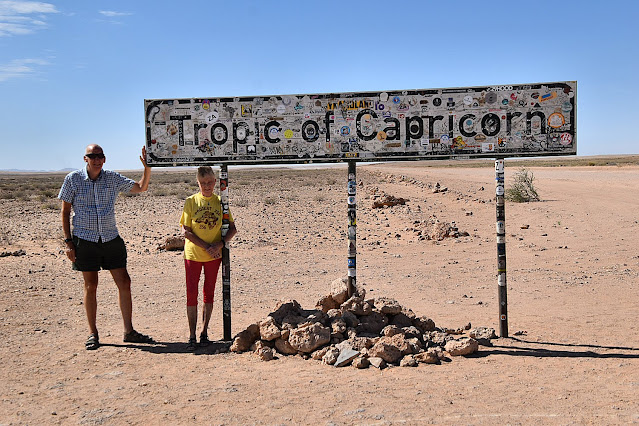





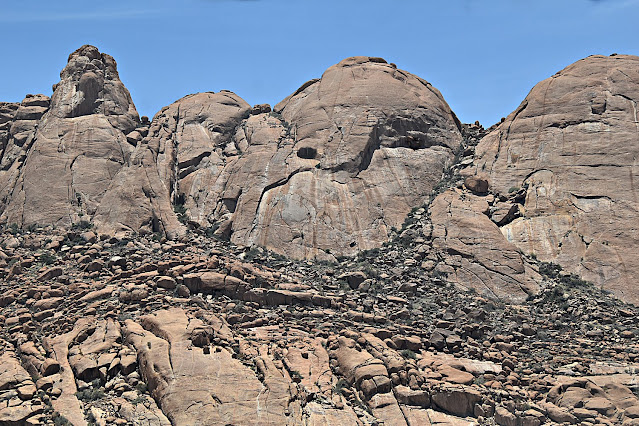














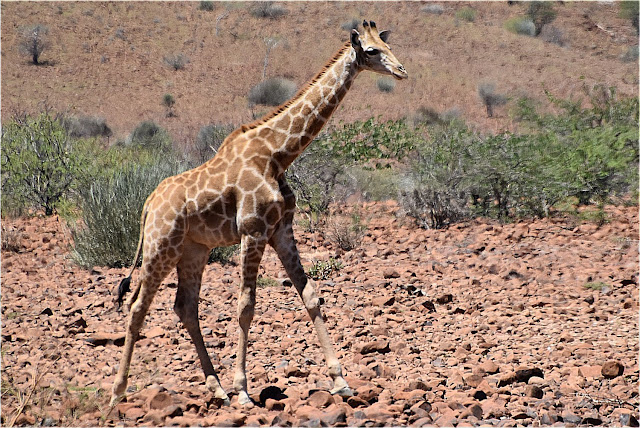



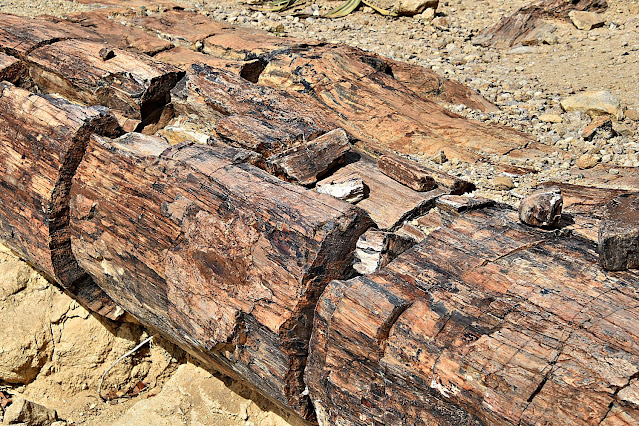

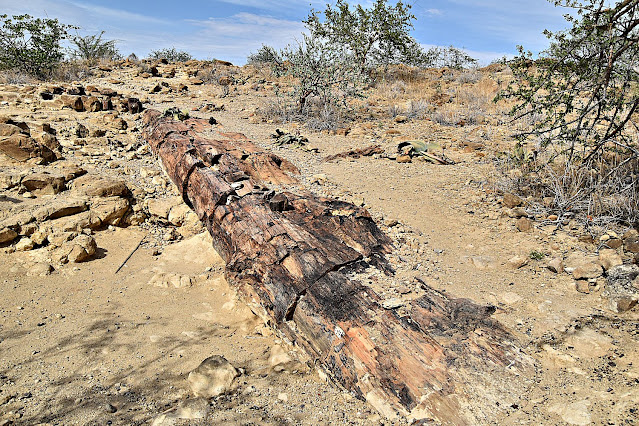


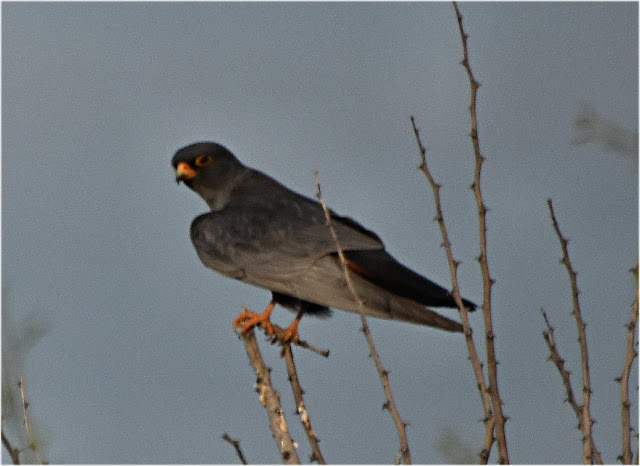








The lion mama with kids are so gorgeous. Is jackal a kind of fox? I would have taken them as foxes, if you didn't say they were jackals. Have never seen so many seals...so cute!
ReplyDeleteCanidae is a family of mammals in the order Carnivora, which includes domestic dogs, wolves, coyotes, foxes, jackals, dingoes, and many other extant and extinct dog-like mammals. Coyotes (Canis laters) and wolves (Canis lupus) belong to the same genus and are even able to make fertile hybrids. Foxes (true) belong to a different genus called- Vulpes. All the wolves, coyotes and jackal species had a common ancestor that split from the foxes millions of years ago. Hope this helps.
DeleteI have a lot of lion photos so watch this space. Cheers Diane
Oh Diane - beautiful report back for us ... I'm going to get my Namibian map out later and see exactly where you went and whether we crossed paths - albeit I went to the Skeleton Coast in 1988 - some parts I could recognise ... particularly the seal colony. I'll be back - stunning ... and so pleased to read you're safely home. Cheers for now - Hilary xo
ReplyDeleteSo much more still to come Hilary, we covered 5,000 kms in the 3 weeks we were on safari!! The problem is time factor to go through all the photos! I am happy to be back in my own bed but weather wise I wish I was still in Namibia!!! Cheers Diane
DeleteNow I have serious Namibia envy, Diane, and I can see that I will have lots of reading ahead of me as I check the links you provide and of course I will want to learn more about the interesting creatures you portray here, and their adaptation to a challenging environment. Great job and hallelujah for decent WIFI. It’s a necessity of life in 2024. Gros bisous chère amie. David
ReplyDeleteDavid we just loved Namibia. After a bad beginning due to cancelled flights, falls, backs and a spider bite we had a fabulous time. A beautiful country with such friendly and polite people, we made some great friends there. Also it is so clean, very little rubbish around and what we did see was very soon picked up. We covered 5,000 kms in the three weeks on safari, and thanks to our driver/guide we learnt so much. He had answers to wildlife names, plants, trees and rock formations in fact he had answers to everything.
DeleteOur last month was spent in Swakopmund, due to being coastal town it was much cooler and sometime quite chilly but we loved it there. We found a fabulous restaurant with all glass 'walls' and we watched gulls, pelicans and flamingos flying past while enjoying a great meal. We also had a delightful young lady waiter that made sure she served us each time we arrived. We are keeping in touch.
Enjoy researching our finds. Bisous mon ami, Diane
What an amazing adventurous life you lead!!! Excellent shots. Those jackals are really neat looking.
ReplyDeleteThanks Pam, we are still enjoying travel and while we are able we will do as much as possible. The lion cubs were my favourite I think but more photos of them to follow. Take care, Diane
DeleteSuch a wonderful adventure. The photos of the animals are incredible. Thank you for sharing this wonderful information on a place I probably will never see.
ReplyDeleteThank you Marie. I have in past years seen so much of Africa and I cannot believe I left Namibia to last. It is going to take me for ever to go through 1,600 odd photos after deleting all the rubbish. What a beautiful country in every way. Cheers Diane
DeleteHi Diane. Sorry for the late visit - things have been a bit hectic for the past couple of days, but no major problems I hasten to add.
ReplyDeleteYour wildlife photos are absolutely beautiful, and the scenery is stunning - no small wonder that you are in love with this place. Those rock formations are amazing! Going by images of Amur Falcon on Google, your bird looks good for one in my (very amateur) opinion.
I was aware of the nesting habits of hornbills, but your shots of The Southern Yellow-billed Hornbill are wonderful.
It's great to see you back again. I hope you don't get too bogged down trying to reclaim order in your garden.
Take good care - - - Richard
Hi Richard, I can imagine how hectic it has been for you with your situation but I hope things will calm down very soon.
DeleteThanks for your comment on the Amur Falcon. It was the one bird that our Guide did not know so I did the research, but as I said I was not convinced, so glad that you agree with me.
The garden is one problem and the 1600 odd photos are another!! If the rain would stop it might help the former. Today is dry but we are experiencing wind around 85 Kms per hour so it is hard to stand up. We had problems this morning opening the shutters, one inside and one outside was the only way to clip them back.
Take care and just take one day at a time. Wish I could help. Cheers, Diane
Fabulous nature photos. It is a very interesting place. I know lots of photographers who want to visit Namibia for photos. Glad your internet has improved.
ReplyDeleteThank you Diane for the comment and yes it is wonderful to have internet that actually works!!
DeleteNamibia I think is now my favourite place in Africa and the last place for us to discover, I cannot think why it took us so long. Keep well, t'other Diane
Wow! Beautiful post to read and the photos of the places you visited are so exquisite. So glad I stopped by for a visit.
ReplyDeleteThanks so much Yvonne for the kind comment, I am also glad you stopped by. :-) Cheers Dian
DeleteHello Diane. Thanks for your concern. Yes, we are Ok except that we are now in our seventh or eight month of rain and wind via El Nino and transatlantic weather plus not very good health, adding to our general feeling of bad mood. We have taken the opportunity to spend time together and with family plus do a few household chores neglected for too long. In three and a half weeks we return to Greece for much needed sunshine, blue skies and warmth that I see on your latest photos. Africa or anywhere warm beckons so much. Thanks for the message,
ReplyDeleteHi Phil, sorry about the ill health but it seems we are all reaching that sort of age. We are lucky despite a few problems to be reasonably healthy still but we seem to be having a lot more medical visits than what we used to!
ReplyDeleteThe weather here in France is not much better then the UK It just keeps raining now, and from what we gather it never stopped in the 9 weeks while we were away. We saw a couple of storms in Windhoek when we arrived in Namibia, and again when we left, but everywhere else there was not a single raindrop. Swakopmund had lots of foggy days but no rain, there average rain fall though is only 29mm!! Not surprising as it is desert all round the town.
Take care and have a fab holiday in Greece where I hope the weather will be better. Cheers Diane
Amazing photos Diane, I love every post you make but this trip is one I find special. I always wanted to go to Africa and probably never will now, but I am thoroughly enjoying traveling through your camera lens. Thank you so much and Cheers!
ReplyDeleteThanks Denise and I am sorry you never got to Africa, the wild life there is very special and there are some lovely people there as well who we are lucky enough to find on our visits. I am glad you are enjoying my blogs though they are a bit slow!!
DeleteBeautiful photos. I like that you are going to so many exotic places!
ReplyDeleteThanks for taking the time to comment, much appreciated. Cheers Diane
DeleteHi Diane – love the photo of you and Nigel by my birth sign!! The Welwitschia is amazing isn't it … fascinating plant. The plant life really interested me – I hope I've still got the books from the time my mother and I spent there … one day I'd like to do some posts on southern Africa … one day!
ReplyDeleteI had a look at Wiki re Spizkoppe and there are some explanatory photos of the mountain and surrounding area – and a panoram of the Rock Arch – though seeing you in front of it – is much better! El elefant – amazing natural art work.
Those chameleons – excellent photos. We camped at Cape Cross – they had built wooden huts for the tourists on the beach … I can't see them now. It was wonderful.
Generally happy memories for me of our trip all of 35 years ago! I wrote it all up – and sent it back to family and friends in England. An early inspiration for Positive Letters – though it was looooong! So glad I got here again – cheers Hilary
Thanks Hilary for taking the time to return and comment, it is much appreciated. We were lucky to see two different chameleons as our guide had already told us that the Namaqua Chameleons are becoming very rare.
DeleteSo glad I can give you some happy memories - they are always very special.
Cheers Diane